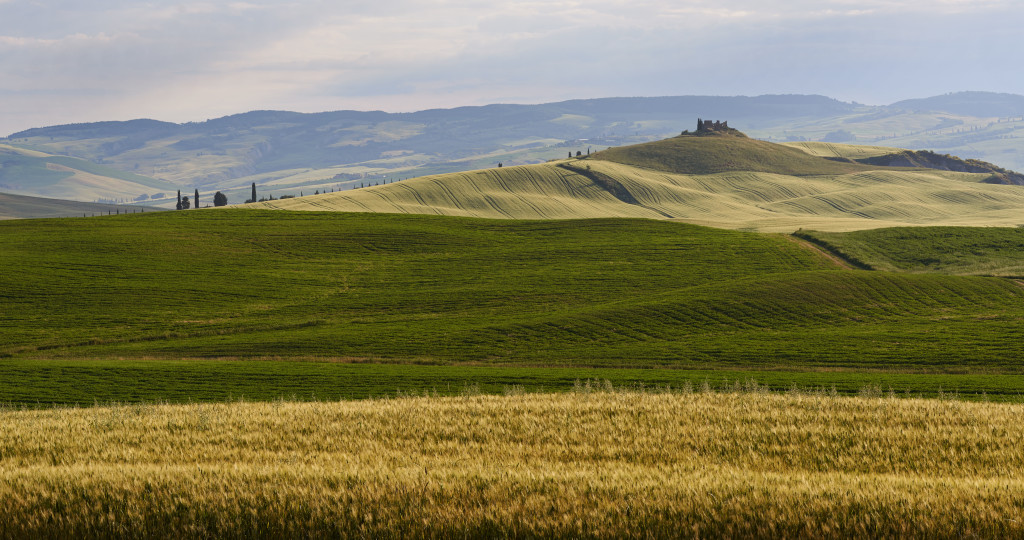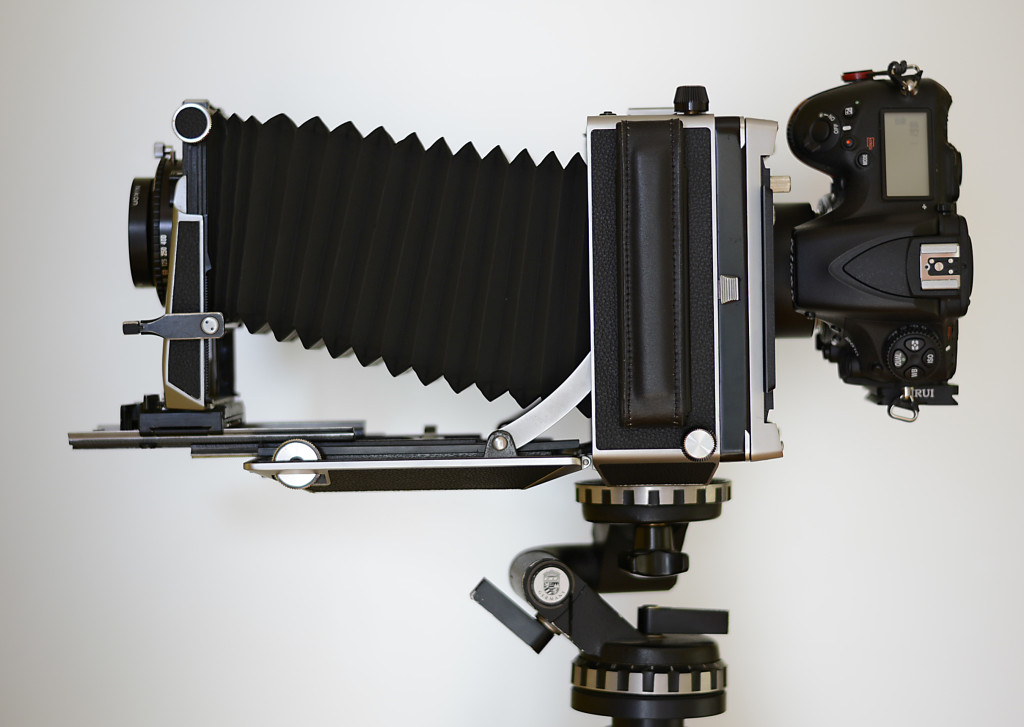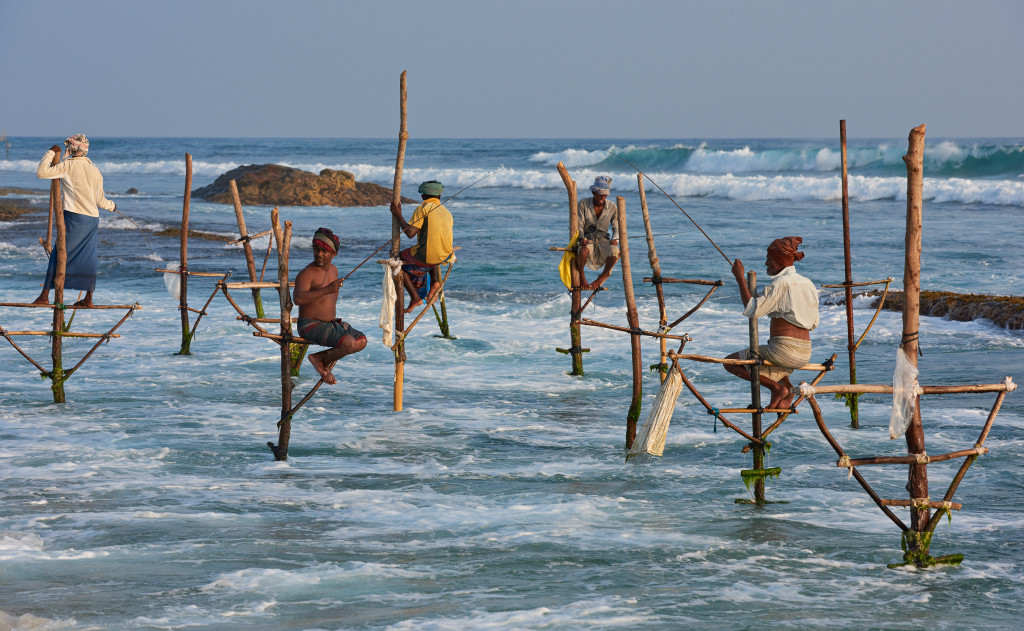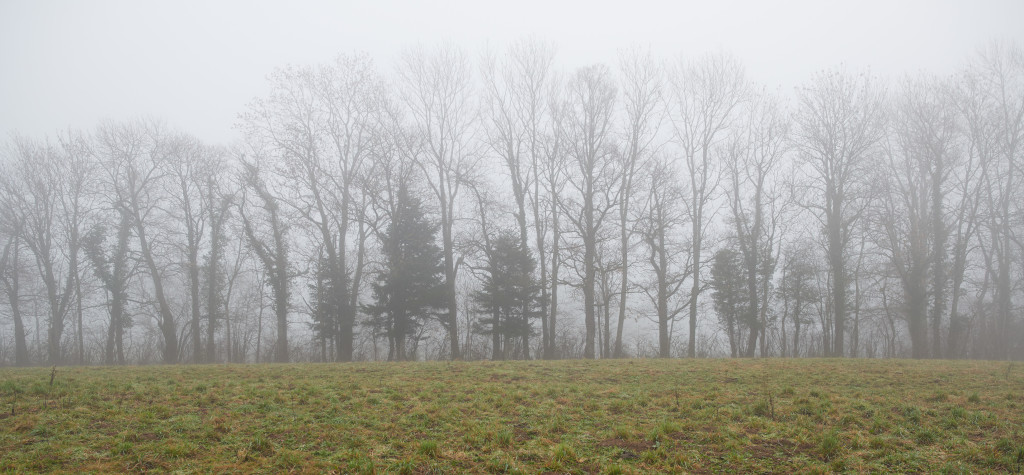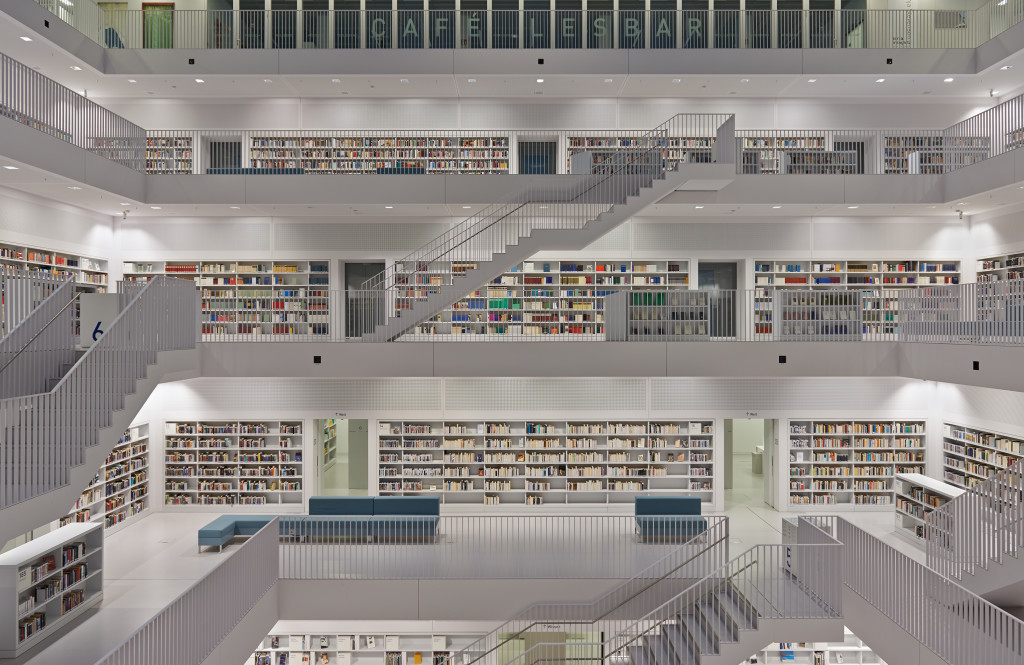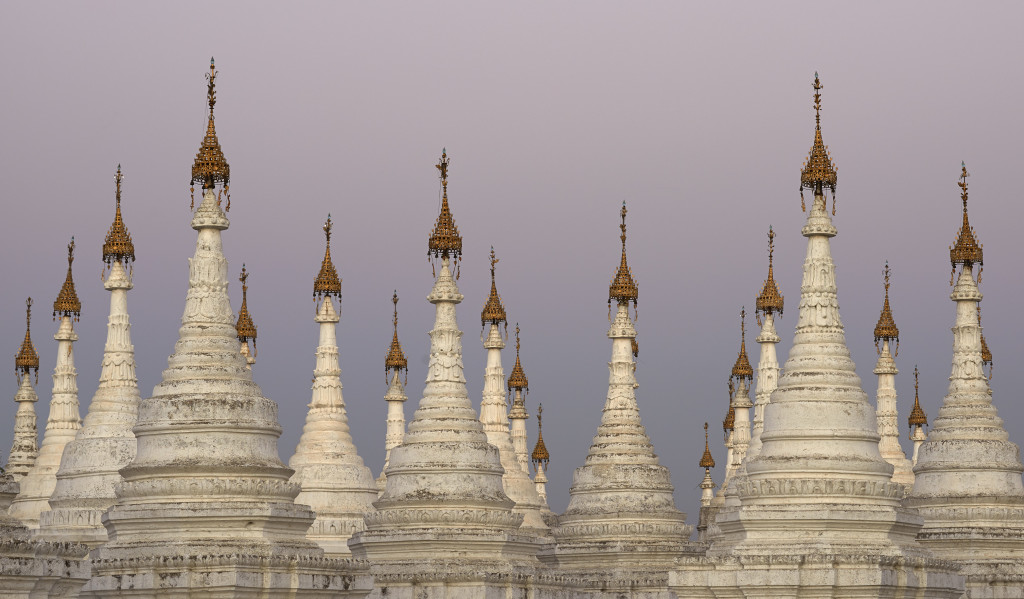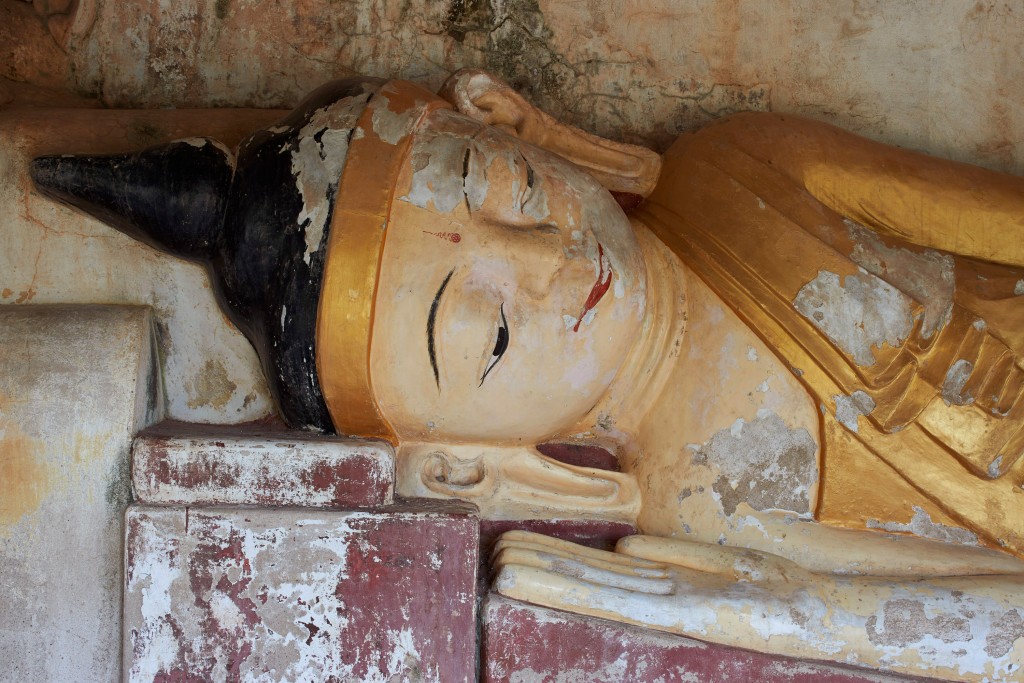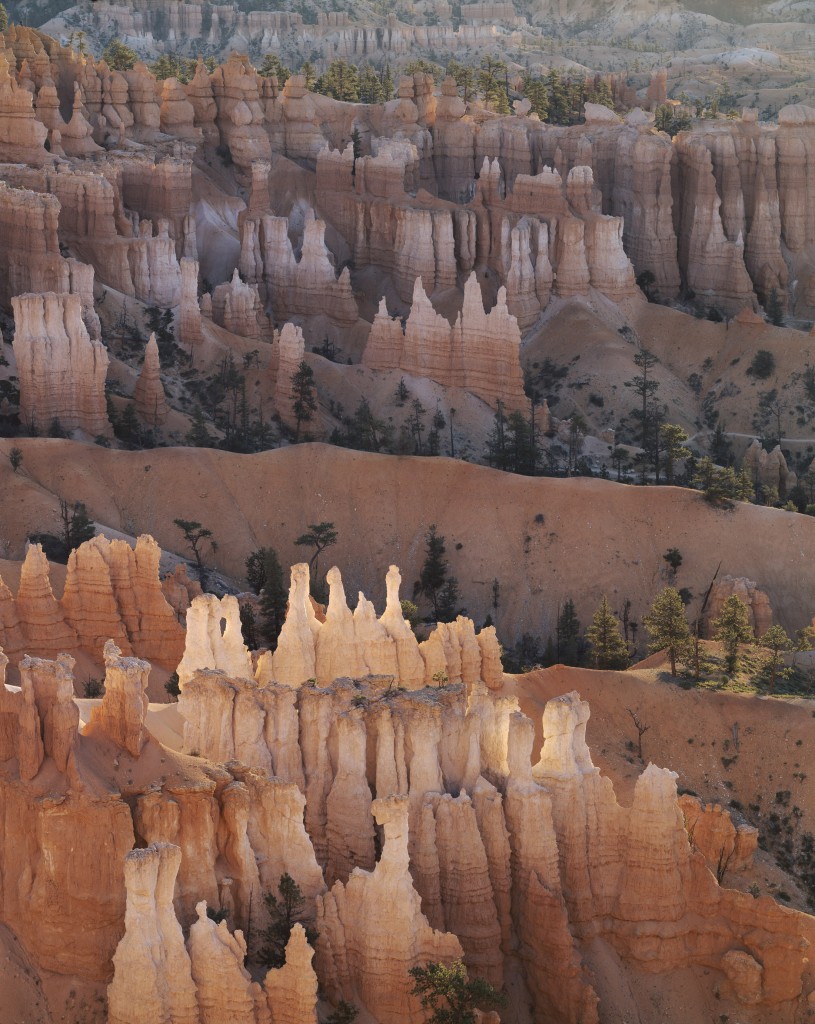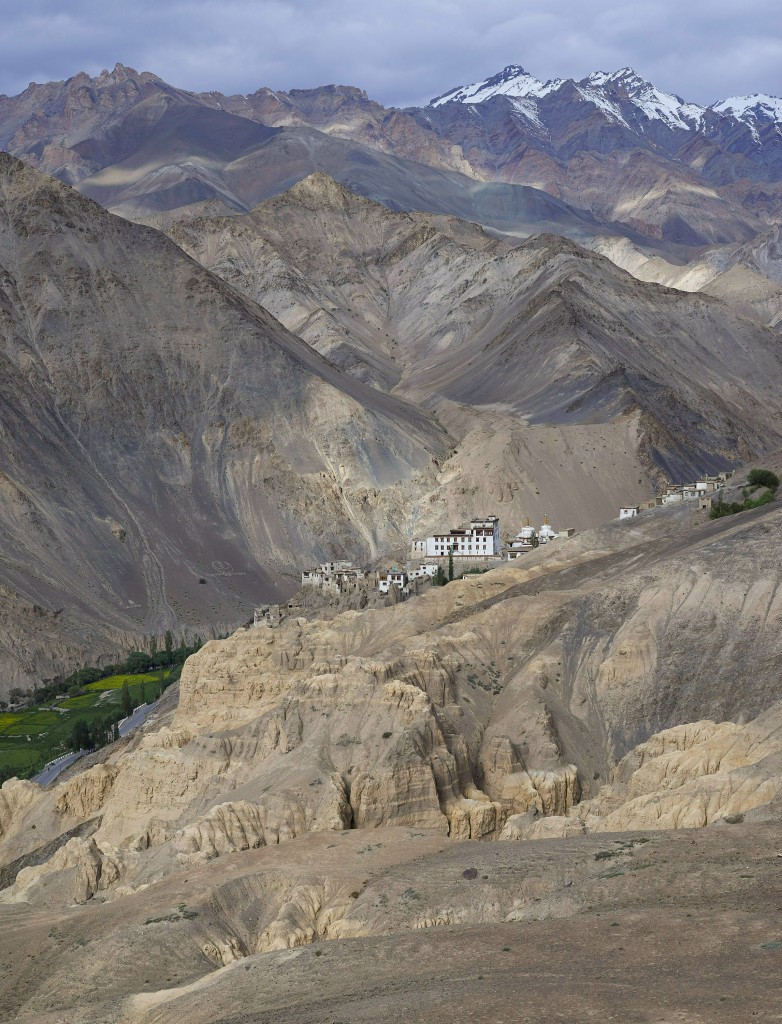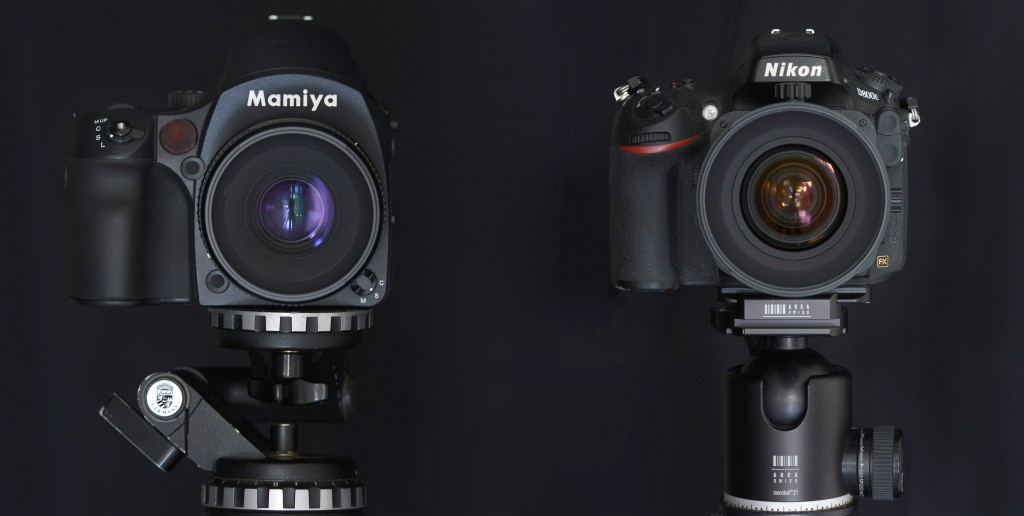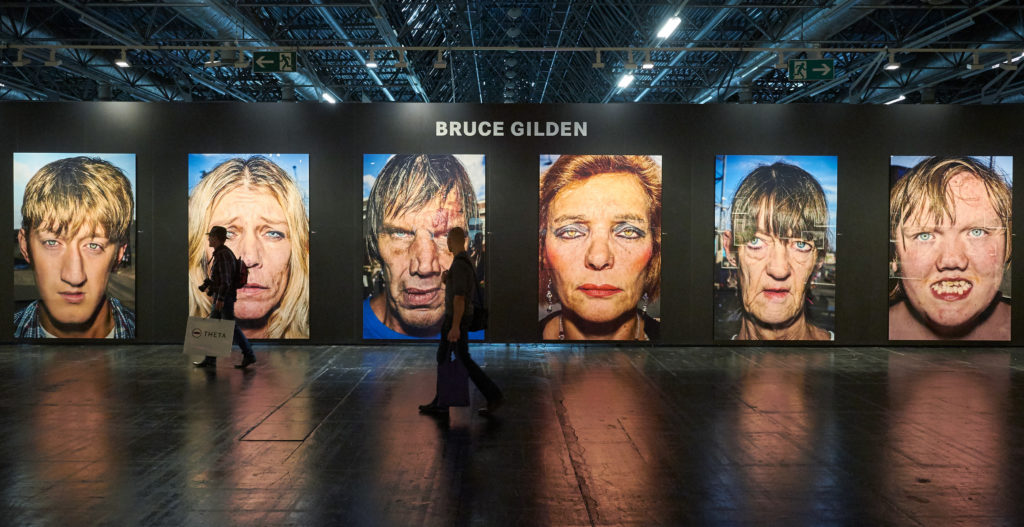
Masters of Photography at Photokina 2016
I am back from Photokina; what used to be the world’s largest trade fair for the imaging industry has turned into an event for the generation selfie: drone airport, video-blogs, action-camera arena, and yes, Mazda car exhibition. More gadgets than gear.
In any case, it is unlikely to discover stuff that has not been already discussed at the numerous rumor sites. Camera manufacturers have been launching new products all year, reports, tests and even videos are uploaded within hours of release and progress has become so incremental that there isn’t anything that shouts game-changer. For hands on experience with new equipment, it’s better to negotiate with a dealer or to sign up for a demonstration. What triggered me were not so much the new camera releases but rather the photographic exhibitions, printers and papers, and the future directions in photography at large.
I have to give it to Leica for organising the exhibition “Masters of Photography” occupying about 2000 m² of Hall 1 and including Bruce Gilden (Face), Ellen von Unworthy (Wild wild west), Per-Anders Peterson (African catwalk) and Ara Güler (Leica Hall of Fame Award), among others. This alone justified the admission fee. That camera manufacturers advertise and support the printed image makes perfect sense. For sharing on the social media, camera phones are sufficient and even for viewing on the best screens 20 MP is enough. What used to be commonplace about 15 years ago must now be promoted; the images is only complete when printed.
Leica’s booth, on the other hand, looked like any Leica store, augmented by an area that much reminded me about Rolls Royce exhibits at car shows; you don’t really feel welcome. But this marketing strategy seems to pay off. While basically all systems have passed the threshold of sufficiency for most, it makes sense to establish them as luxurious items (Leica M-P 240 Lenny Kravitz Edition, anybody?).
Talking about the Aston Martin, rather, in the world of photographic equipment, the title goes to the Hasselblad X1D. Beautiful nordic design and noble materials, touch screen and a well thought-out menu, with the main functions on dials and buttons. However, the camera cannot be triggered by a sync cable, and because the body has no shutter, the options for third party lenses on mount adapters will be limited. And there is only one central focus point, although focus and recompose is not precise enough for this pixel count. Focus peaking will come with the next firmware upgrade, so they say.
